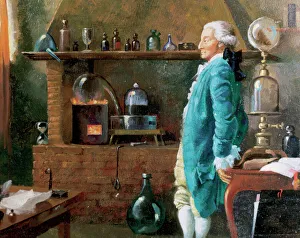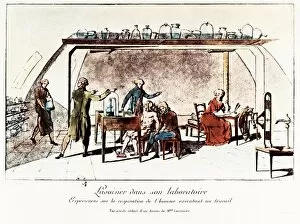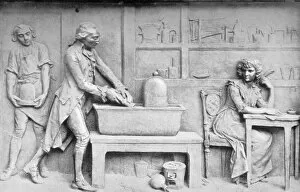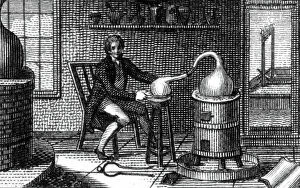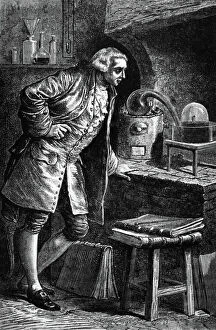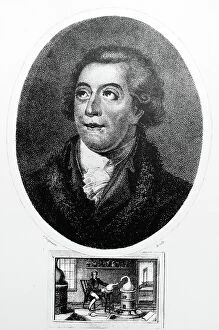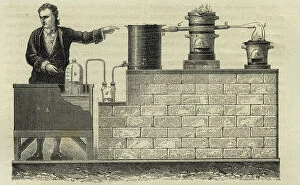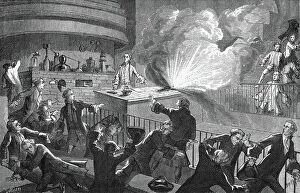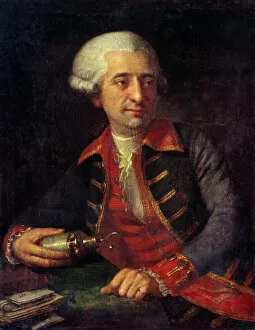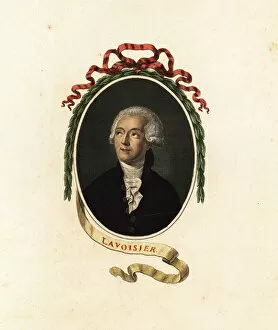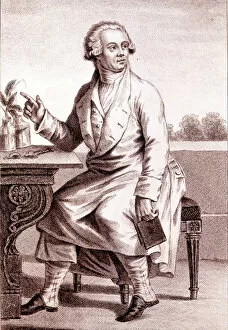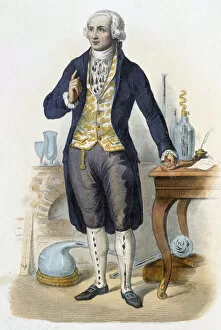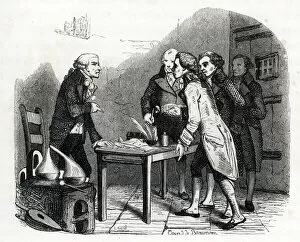Lavoisier Collection
Antoine Laurent Lavoisier, a renowned French chemist, is widely recognized for his groundbreaking contributions to the field of chemistry
All Professionally Made to Order for Quick Shipping
Antoine Laurent Lavoisier, a renowned French chemist, is widely recognized for his groundbreaking contributions to the field of chemistry. Born in Paris in 1743, Lavoisier's scientific achievements revolutionized our understanding of chemical elements and reactions. Lavoisier's most significant discovery was establishing the composition of water as a compound made up of hydrogen and oxygen. This breakthrough laid the foundation for modern chemical theories and furthered our knowledge of chemical reactions. Alongside his scientific pursuits, Lavoisier had an equally remarkable personal life. He married Marie Anne Pierrette Paulze, who played an instrumental role in assisting him with his experiments and research. Together, they formed a formidable team that contributed significantly to the advancement of chemistry. In 1788, Jacques-Louis David immortalized Antoine Lavoisier and his wife in a painting that showcased their dedication to science. The portrait depicted them side by side, symbolizing their shared passion for chemistry. Tragically, Antoine Laurent Lavoisier's life came to an abrupt end during the tumultuous period of the French Revolution. In 1794, he was executed by guillotine at just fifty-one years old. His execution marked a devastating loss not only for France but also for the entire scientific community. Despite his untimely demise, Antoine Laurent de Lavoisier left behind an enduring legacy that continues to inspire scientists today. His meticulous approach to experimentation and emphasis on precise measurement set new standards within the field of chemistry. Through various engravings and portraits created over time, we can catch glimpses into both Antoine Lavoisier's professional accomplishments as well as his personal life alongside Marie Anne Pierrette Paulze. These visual representations serve as reminders of this brilliant chemist's immense contribution to science. Antoine Laurent Lavoisier will forever be remembered as one of history's greatest chemists whose work revolutionized our understanding of the composition and reactions of matter.

